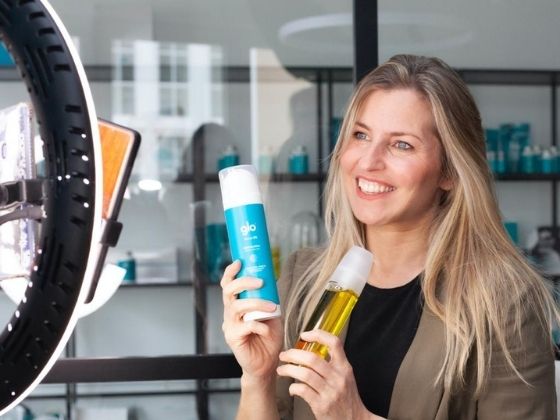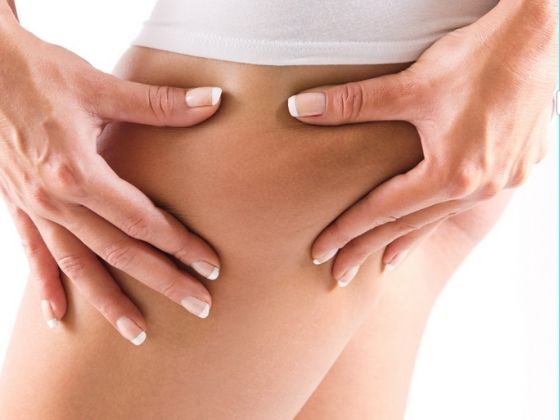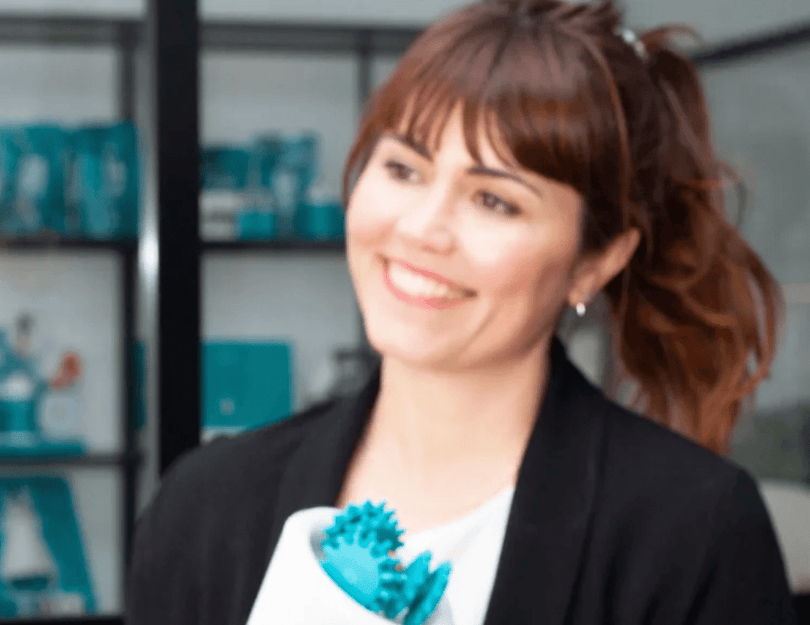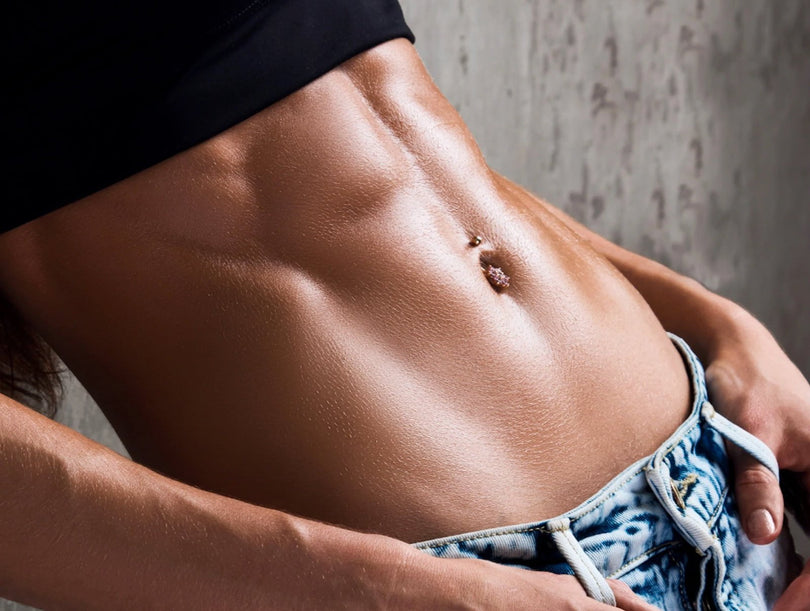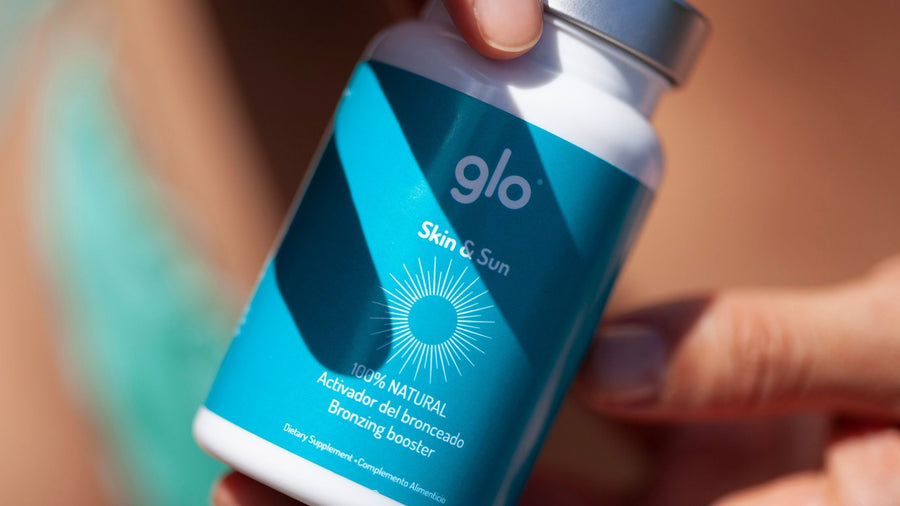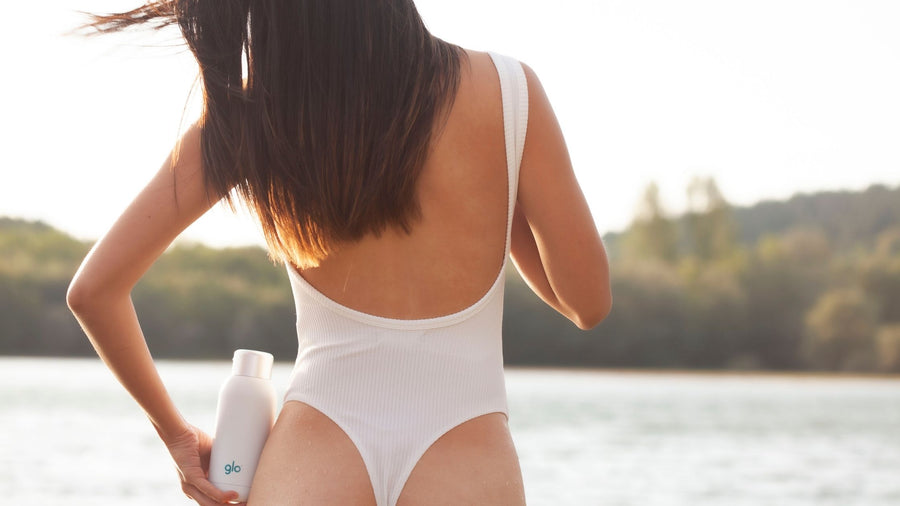What is soft cellulite?
There are three types of cellulite: hard, soft and edematous. Soft cellulite is very common, and usually appears between 30-40 years of age. It is also called flaccid cellulite, since it is characterized by the fact that the affected area has a spongy, mobile texture and a soft consistency.
Normally, this type of cellulite is easily recognizable with the naked eye. It has an "orange peel" appearance and is soft to the touch that tends to move more when walking or performing a dynamic movement.
How does soft cellulite originate?
Cellulite is a complex process where various causes and consequences come together that feed each other, worsening its condition. The origin can be genetic, hormonal, sedentary habits, poor diet... but in the case of this type of cellulite there is usually a genetic predisposition, and it usually occurs at an older age than other types of cellulite.
Although this is not always the case, soft cellulite is usually due to circulatory problems, so it is not surprising that it is accompanied by varicose veins, muscle pain or small spider veins. It is usually aggravated with age due to the loss of elasticity of the fibrous tissue.
Not sure if your cellulite is soft? Take a good look at these features:
- It is a spongy, mobile tissue with little consistency.
- It is usually associated with atrophic muscles.
- The connective tissue, normally flexible, thickens and takes on an increasingly dense gelatinous consistency.
- It moves when you walk.
- It is not usually painful.
- The "orange peel" skin is seen with the naked eye, especially on the outer face of the thighs.
- The vascularization is often affected, and reduced.
- There may be spontaneous pain caused by edema and fatigue, known as "cold cellulite".
- Micronodules delimited by the paths of fibrosis, which draw orange peel, can be palpated.
- It usually affects sedentary people, or those who were active and are no longer.
- It is also common in people who have gained and lost weight abruptly.
- It usually appears in middle-aged women (30-40 years).
- It is located mainly on the anterior face of the thighs, abdomen, back, arms and buttocks.
- FEATURES: affects the body in general. It is usually diagnosed by visual inspection. It can cause a deformation in the pelvic region, and the skin reaches a thickness of 5 to 8 cm. In standing position, the typical "pads" are observed, and with palpation the softness of the tissue and the presence of small hard nodules are noted.
- It is usually associated with complications such as varicose veins, a feeling of heaviness, fatigue, numbness in the legs and night pain.

How to treat soft cellulite?
To improve the characteristic orange peel appearance of this type of cellulite, we must achieve:
- Improve micro-circulation
- Drain the toxins retained in the tissue (edema)
- Improve the elasticity of connective tissue
- Break up fat nodules (adipocytes) and prevent them from maturing and hardening.
Tools to get results:
1. Massages: Anti-cellulite massages are a highly effective treatment. They stimulate lymphatic drainage, circulation, and help break down fat nodules. If you don't have time to go to a professional constantly, you can help yourself with a good electric massager that allows you to act on the problem on a daily basis, such as Glo910, chosen as the best body care gadget by the Beauty Shortlist Wellbeing Awards 2022 experts.

2. Food supplements: it is very important to give a push from the inside to improve some aspects that our body is not being able to do on its own. It would be good to take supplements to improve microcirculation, eliminate excess fluid retention, and promote fat burning in adipocytes.
It is also important to recover the elasticity of the connective tissue, and the firmness of the tissue affected by soft cellulite.

3. Exercise and healthy eating: Although cellulite is a process unrelated to diet and exercise, it will always improve if we take care of our eating habits. Drink enough water, eat vegetables and fruits, avoid alcohol, smoking, carbonated drinks, foods rich in sugar, refined, fried, precooked. The ideal is to get at least 30 minutes to walk at a brisk pace, and combine it with strength exercises to tone the muscles.
4. Cosmetics: in this type of cellulite, venotonic and anti-edematous principles, such as the Leg Revitalizing Serum 910, will help us; improving both aspects thanks to the nanoencapsulation of its active ingredients, improving penetration and effectiveness.

5. Dry exfoliation: stimulates circulation and cleanses the skin of dead cells, increasing the absorption of cosmetic active ingredients. Use a brush with natural bristles and make vigorous circular movements in an upward direction (direction of blood circulation). Afterwards, it is advisable to shower and apply cold water to finish on the legs.

None of this will work without CONSISTENCY, a key necessity in order for us to notice results. Improving soft cellulite is a slow process but results can be achieved.

